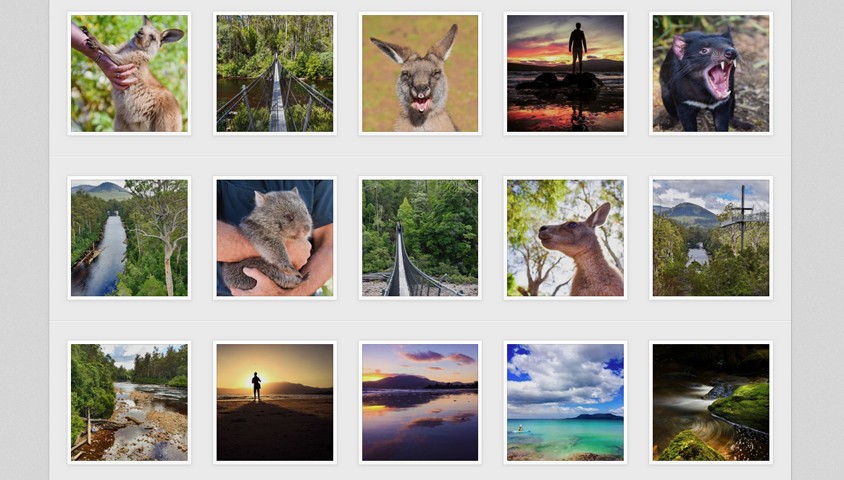In December 2013, the United Nations General Assembly (UNGA) proclaimed March 3 to be World Wildlife Day, thereby commemorating the anniversary of the day it adopted the Convention on International Trade in Endangered Species (CITES).
It may be that physically putting a halt to illegal wildlife trade is beyond out collective capabilities, but at the very least awareness campaigns like World Wildlife Day provide sufficient coverage on these matters, that we might have a rudimentary response for that day when our children (or grandchildren) ask us how they disappeared.
We should also remember the positive tales of activism, research and conservation that abound; there are many dedicated people working hard on these problems and, in some cases, gaining ground.
The recent case of customs officers thwarting four Europeans in their attempt to smuggle 150 Australian animal specimens out of Western Australia is not only an indication of the rigorous training these officers receive, but also of the political will that exists to shape this training and enforce the relevant laws.
In order to help raise awareness and also to celebrate the positive stories like that exemplified by those customs officers of Western Australia, Wild started its own wildlife photography content via social media this week. Launching on March 3 and concluding at 9am, Friday 6.
Despite the very brief notice and limited time frame, we soon found a number of wildlife and photography enthusiasts posting their photos via Facebook and Instagram using the hashtag #wildlifeday2015.
The following is a selection of those images.
Chris told us: “I took the shot while walking in Mount Field National Park, in Tasmania”.
“I saw lots of pademelons, but they were all quite skittish, always jumping just a little bit too far away for a good photo. Then I came across this one that just sat and stared at me. We watched each other for a while and then I grabbed my camera. Like a great model it posed for me while I played with the settings, until everything was just right. I got the photo, said thank you and it hopped away. If only wildlife photography was always that simple.”
The above image was posted and tagged by Paul Fleming. If you’re not on Instagram it’s probably worth getting an account in order to browse his photos (you can consider following us on Instagram at the same time! @wild_mag).
Pam told us this shot was taken in last July in Borgarfjörður Eystri, a fjord town in East Iceland.
“Borgarfjörður Eystri is home to a large puffin colony and the wonderful spectacle of hundreds of puffins coming in from the sea back to their burrows, usually with heaps of seafood, can be viewed best at dawn (better for photography as the light gradually improves) or dusk from a viewing platform,” she said.
To reward the engagement and positivity these photographers have shown in supporting this contest, we’re providing all those featured above with a free subscription to Wild‘s digital edition. If we have not contacted any of you about this over the next week, we’d encourage you to get in touch via wild@primecreative.com.au.


